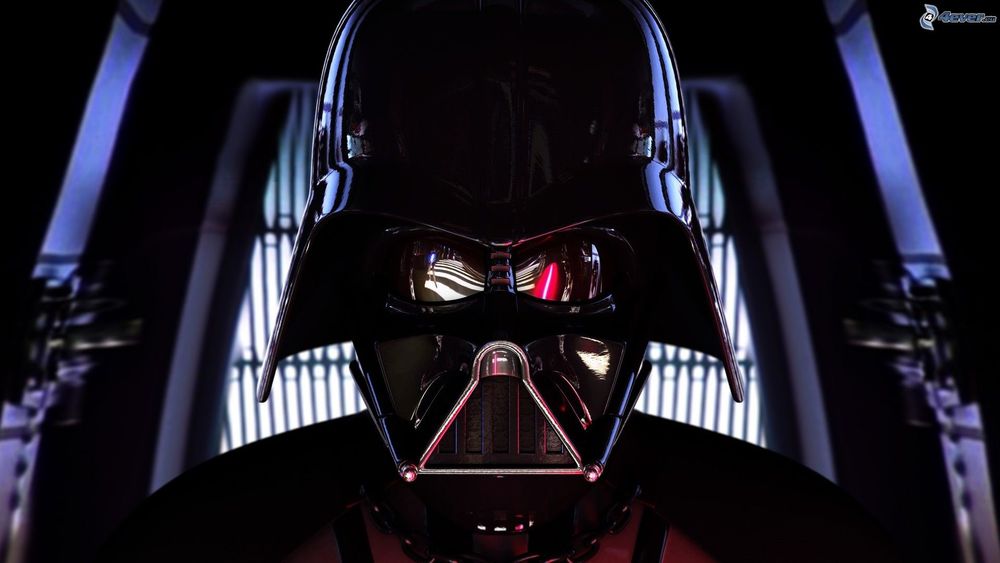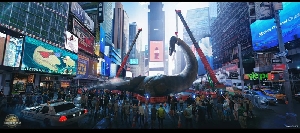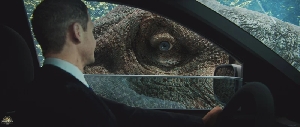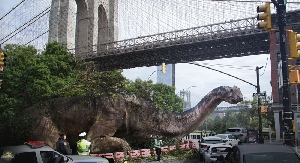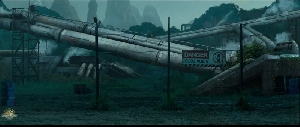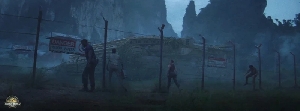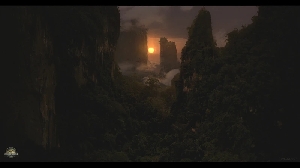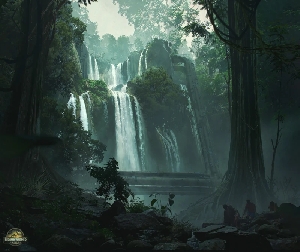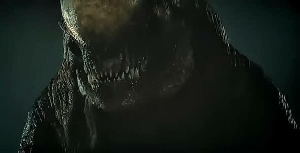Predators ball: Part 1
Dinosaurs Forum Topic

Carnosaur
MemberCompsognathusFeb 16, 20143797 Views2 RepliesA little lengthy to put the fight in with this, so it will be cut into two parts.
Velociraptor Mongonliensis( pack of 4)
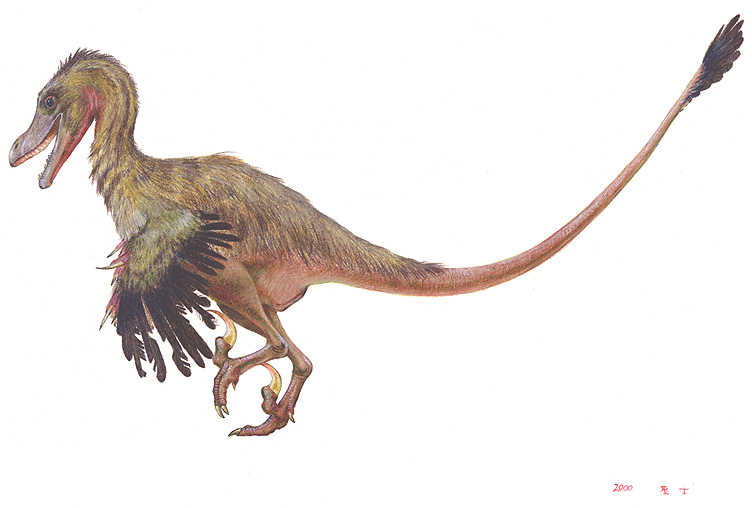
The "Quick plunderer"
Length: 2 meters
Height: 1 meter
Weight: 5oo lbs.
Era: Late Cretaceous
When it comes to ferocity, size doesn't matter. These pint sized predators are just as deadly as their counterparts on both islands. Living mainly in packs with up to eight members, they are a force to be reckoned with. The talons on Velociraptors hands and feet can easily disembowel the animals with the toughest hide. These pint sized animals are brutal. They will start to eat an animal, while its still alive. Velociraptor has a red covering of feathers, with purple stripes on the tail.
Stegosaurus Armatus

The " Roofed Lizard"
Length: 9 meters
Weight: 3 tons
Height 2 meters
Era: mid to late Jurassic
Stegosaurus isn't the brightest animal on the block. A CT scan on their brain revealed there is a very small area dedicated to problem solving or anything of that sort. They run mainly on instinct. The eyesight of Stegosaurus is horifically poor, but their sense of smell is better then most herbivores. They act much like the modern rhino, and will act agressively towards anything they feel is a threat. Stegosaurus has been seen Killing a small Gallimimus that got too close, trying to eat the Stegosaurus' scraps. This animal is a dull green color with gray plates, that turn a fiery red when it is trying to scare off a predator or rival.
Torvosaurus Tanneri
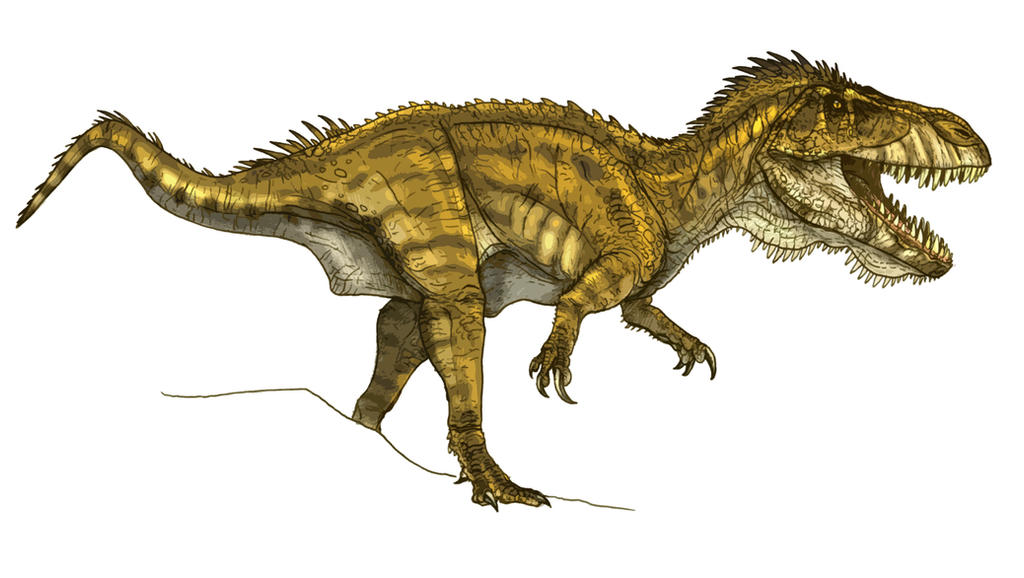
The "Savage Lizard"
Length: 12 meters
Weight: 4 tons
Height: 4 meters
Torvosaurus is at the top of its food chain. It's a hyper carnivore, taking mid sized sauropods, to the kills of Allosaurus and Ceratosaurus. It doesn't steal the kills of other large bodied carnivores for some reason. Torvosaurus is the largest megalosaur, and it has a bite to match. It kills with the ferocity of other megalosaurs, and the three ton bite force makes it even more deadly. Torvosaurus has a brown head with a dull orange body covered in brown crossbars.
Eotriceratops Xerinsularis

The "early horned face"
Length: 10 meters
Weight: 5 tons
Height: 2.25 meters
Era: early Cretaceous
Eotriceratops is one of the rarest animals on either island. After a recent census, it was found the population was 50 individuals. This isn't due to predation, though. Competition with sauropods, stegosaurs, and ankylosaurs have driven their numbers down drastically. It is feared they will become extinct within the next 50 years. Like its relative Triceratops, they are a earthy tone of brown, with orange spots on the frill.
Carcharodontosaurus Saharicus
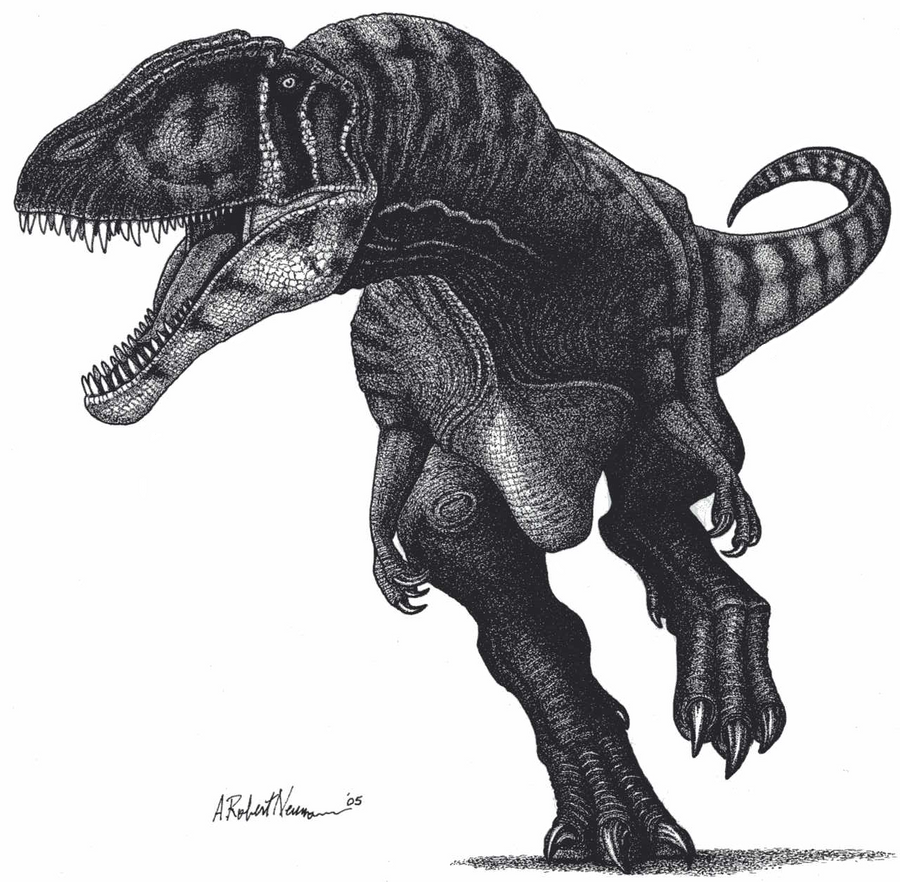
The "shark toothed lizard"
Length: 13 meters
Weight: 7 tons
Height: 5 meters
Ear: Mid Cretaceous
This is the largest sauropod slayer on Isla Sorna. While its numbers are small, ranging in the 400's, they make up for it in their appetite. Carcharodontosaurus is strictly a sauropod hunter, taking the mid to large sized Behemoths. It's main source of prey is the Giant Brachiosaurus, which it takes out in small packs. Carcharodontosaurus is a muddy brown color with jet black stripes running its entire length.
Giganotosaurus Carolinii
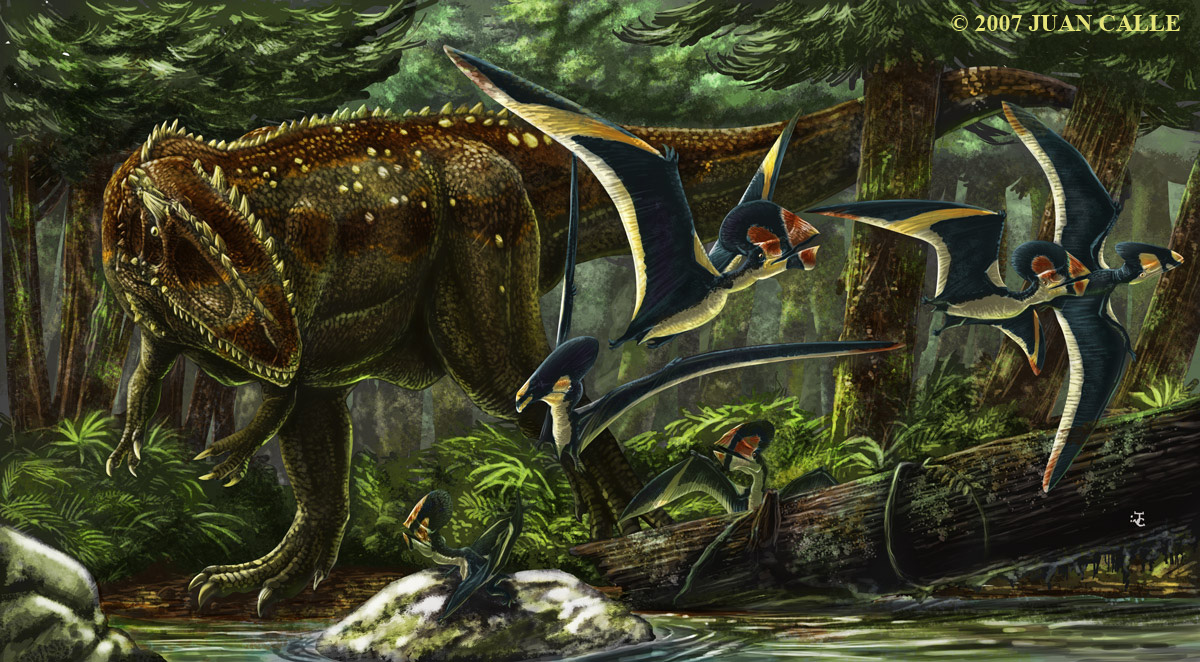
The "giant southern Lizard"
Length: 13 meters
Weight:7 tons
Height: 4.5 meters
Era: Early Cretaceous
Giganotosaurus is a bit of a mystery. They are very elusive, shy animals. Their numbers are thought to be restricted to Nublar, as they have never been sighted on Sorna. Giganotosaurus usually roam in pairs, occasionally 3 to 4 if they are a mated pair with offspring. Giganotosaurus has a gentle demeanor, only becoming violent when it is hunting. They rarely fight, even when challenged for a kill. They have been seen taking down a Zhuchengtyrannus that got awful close to a youngster. Giganotosaurus is a pale blue color with multiple brown stripes on the neck and base of the tail.
Suchomimus Tenerensis

The "Crocodile Mimic"
Length: 11.5 meters
Weight: 4 tons
Height: 4 meters
Era: Early Cretaceous
Suchomimus looks like a crocodile on steroids. It spends the majority of it's life in the shallow waters of isla Nublar, eating a variety of sharks and rays, and even the occasional crocodile. It has next to no competition, and because of this their numbers have exploded in recent years. They are somewhat social animals, especially when prey is plentiful. There has been as many as thirty of these spinosaurs on one stretch of beach. Suchomimus doesn't tolerate other spinosaurs for some odd reason, and they will even attack a large spinosaurus if it intrudes on the Suchomimus' beach. These spinosaurs come in a pale green color, and sport a small yellow dewlap.
Yangchuanosaurus Magnus
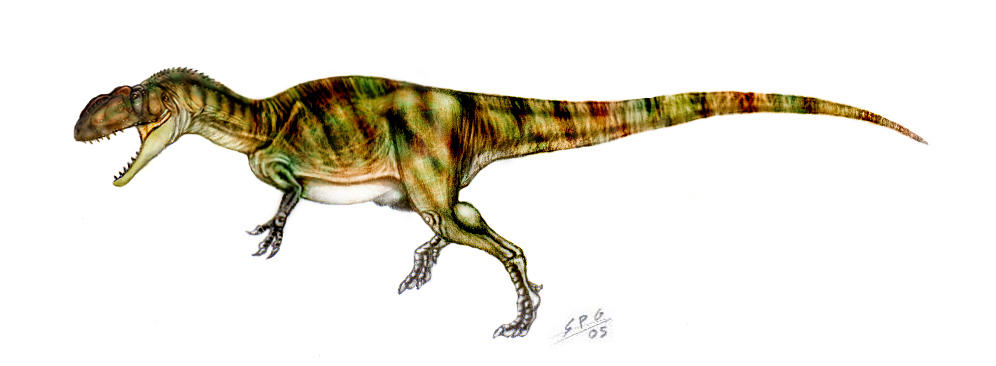
The "Lizard from Yangch'uan".
Length: 11 meters
Weight: 3 tons
Height: 3 meters
Era: Late Jurassic
Yangchuanosaurus is the largest Allosaur on Isla Sorna, and only second to Epanterias on Nublar. Yangchuanosaurus has the characteristic hatchet bite of an allosaur, which is made deadlier with the sheer size of the animal. Unlike most allosaurs, Yangchuanosaurus feeds mostly on the Pachycephalosaurs. It will take smaller predators, especially the Dromeaosaur Austroraptor. Yanchuanosaurus is a bright green with a small orange crest on its head.
Oxalaia quilombensis
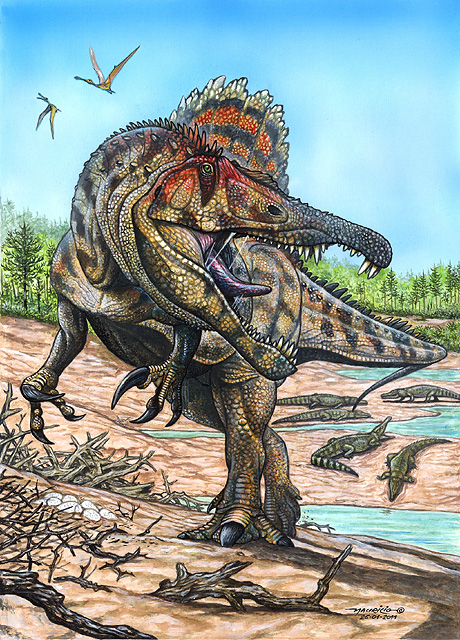
The " Oxala lizard"
Length: 15 meters
Height: 6 meters
Weight: 7 tons
Era: Mid Cretaceous
Like its close relative Spinosaurus, Oxalaia is the fisherman from hell. It preys on a large variety of Sharks and other fish, and on occasion, takes out a small hadrosaur. The key to their massive size is simple. Little competition.Oxalaia evolved to a semi aquatic life style to avoid competition with other large bodied predators. However, it will use its large size to scare off a predator from its kill. Oxalaias' body is a leafy green color with orange oval spots on its sail, and a racoon like orange mask. They range in decent numbers on both Sorna and Nublar
Tarbosaurus Bataar
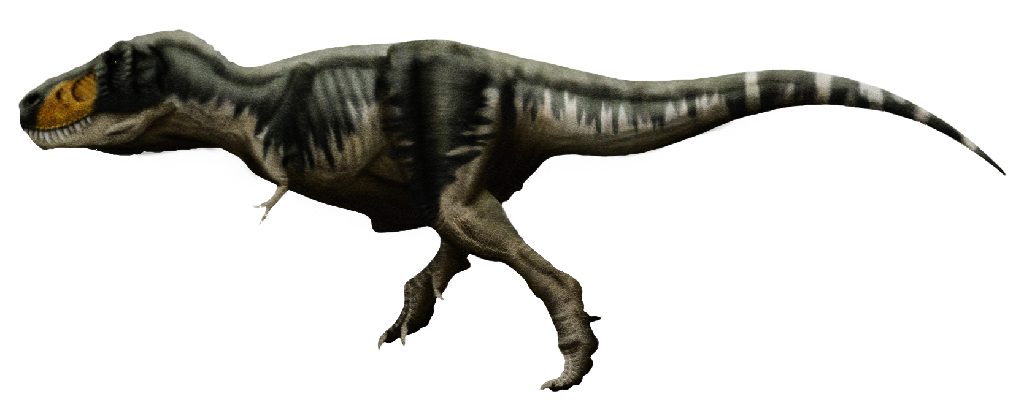
The " Alarming Lizard"
Length: 12 meters
Weight: 7 tons
Height: 5.5 meters
Era: Late cretaceous
Tarbosaurus was one of the largest land based predators of all time. With jaws stretching 4 feet long, and bannana shaped teeth, this animal could eat whatever it wanted. It's jaws were built specifically for crushing bone and armor, which evolved to deal with the Ankylosaurs it preyed on. Tarbosaurus roams on both Isla Sorna and Nublar, competing with the variety of huge theropods around it. Tarbosaurus has a dark gray body, the snout is yellow, tapering into a black head. It's underbelly is a creamy white color.
Shunosaurus Lii

The "Shu Lizard"
Length: 9.5 meters
Weight: 3 tons
Height: 3.5 meters
Era: Late Jurassic
This sauropod might be small, but it makes it up with its ankylosaur like tail club. Shunosaurus is both aggresive and smart by sauropod standards. They will take out any predator they see as a threat, even young ones. Shunosaurus is unusual for a Sauropod in the fact that it roams in small bands of up to 5. These contain mostly family members, which they defend to the death. This sauropod is a charcoal grey color, with a single horizontal stripe running from the neck to the beginning of the tail. Shunosaurus is nearly extinct on Isla Sorna, due to the Bird flu epidemic that wiped out startling numbers of animals. Sadly, it is now fully extinct on Isla Nublar. Though it is rumored there are a few individuals lumbering around..
* The fight will be on Isla Nublar, during a monumental drought.
Nature doesn't deceive us; it is we who deceive ourselves.
Replies to Predators ball: Part 1
Hey Guest, want to add your say?
Are you an avid Jurassic World fan looking for a dedicated online community of likeminded fans? Look no further! Create your own profile today and take part in our forums and gain XP points for all the content you post!

